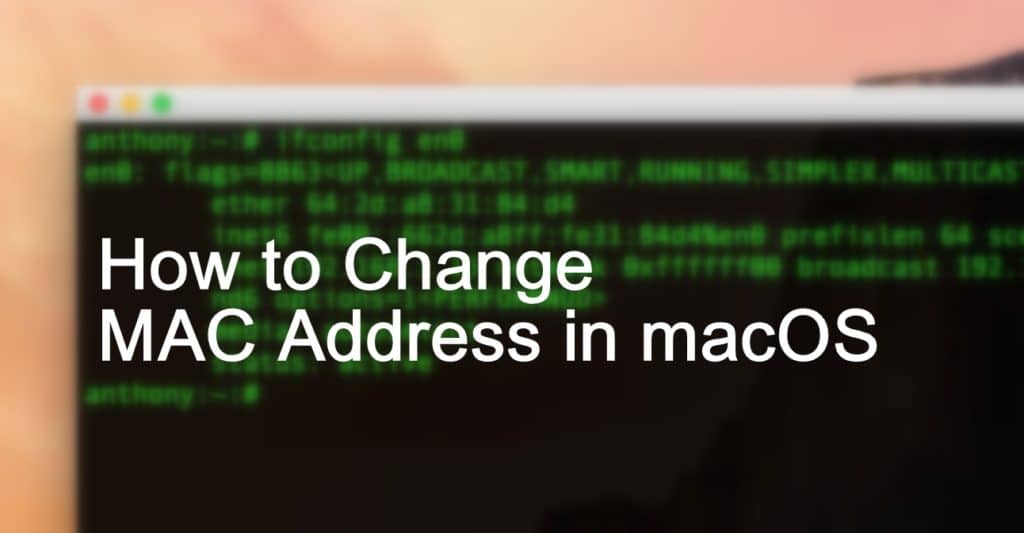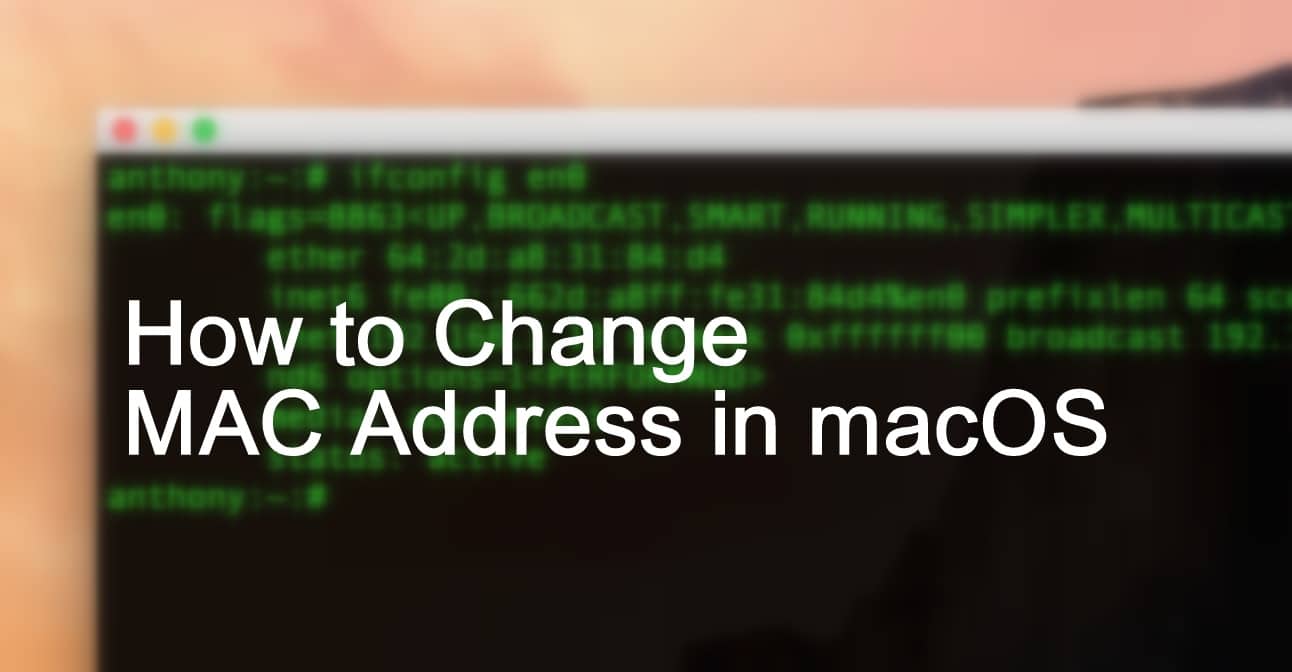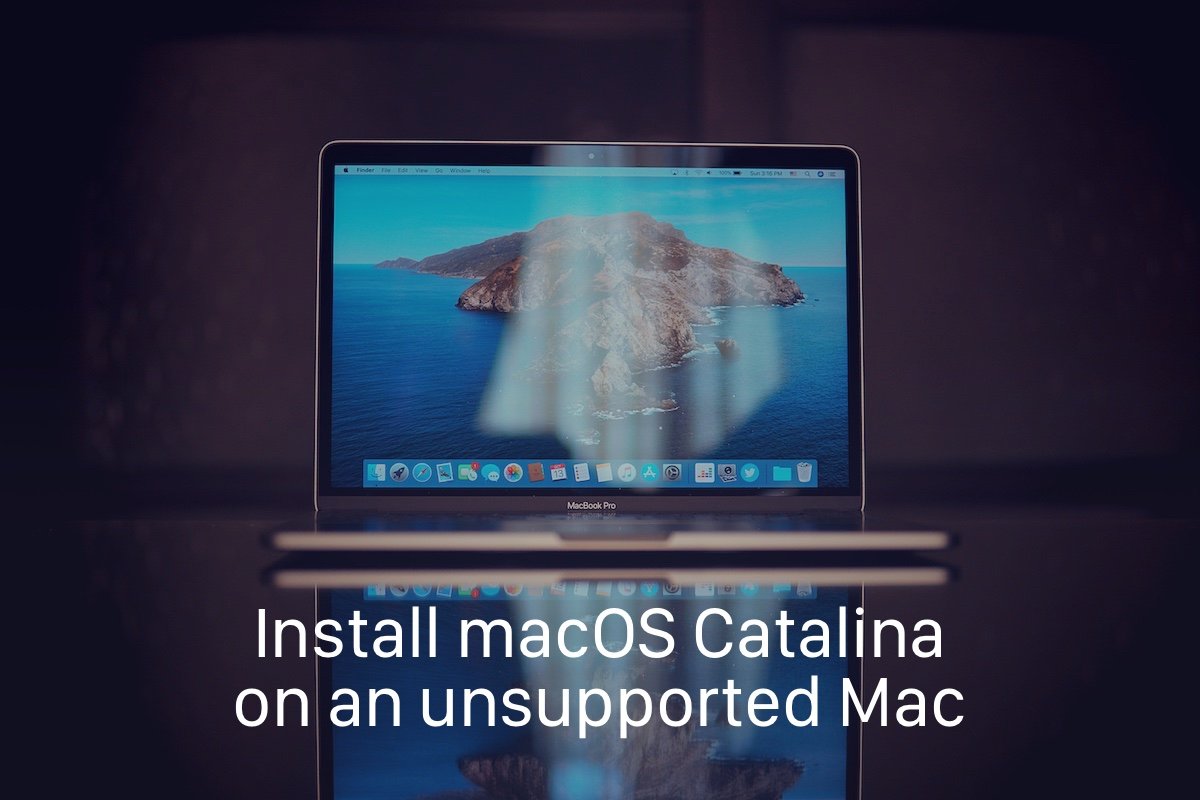Table of Contents
If you want to change MAC address in macOS Monterey or Big Sur, there are a number of traditional methods to spoof a MAC address, as well as an alternate method using the mac-spoof command-line tool. We’ll be covering mac-spoof now.
MAC (Media Access Control) address is a unique identifier assigned to network interface controllers (NICs) for communication within a network. MAC addresses can be used for various purposes such as network administration, security, and device identification. However, there may be situations where you need to change your MAC address. In this article, we will discuss what MAC address is, why someone would want to change it, and how to change MAC address on different platforms.

A MAC address, found on most computers, is used by networks to identify devices. Of course, not all networks will allow any MAC address onto their network. Additionally, some services use a MAC address to track a device. Keep this in mind if you plan on using the internet syncing feature with your various devices since manual syncing is limited to browsing history and bookmarks. And yes, MAC stands for Media Access Control (not Minneapolis Area Code) but is sometimes confused with Mac (which stands for Macintosh).
What is MAC Address?
MAC address is a unique identifier assigned to a network interface controller (NIC) by the manufacturer. It is a 48-bit number (12 hexadecimal digits) that identifies a device on a network. MAC address is used for communication between devices on a network. When a device sends data to another device, it includes the MAC address of the destination device in the data packet.
Why Change MAC Address?
There may be several reasons why someone would want to change MAC address. One of the most common reasons is for privacy and security purposes. Changing MAC addresses can help protect your privacy by preventing others from tracking your device or network usage. It can also help you bypass MAC address filters that may be used by network administrators or ISPs (Internet Service Providers) to restrict access to certain networks or services.
Another reason to change MAC address is to troubleshoot network connectivity issues. If your device is having trouble connecting to a network, changing the MAC address can sometimes resolve the issue. This is because some networks may restrict access to specific MAC addresses, and changing the MAC address can allow your device to connect to the network.
This is aimed at advanced users, as the majority of people don’t need to change their MAC address.
Using mac-spoof to Change MAC Address in MacOS Monterey/Big Sur
Before you can get started with Homebrew, you need to install it on your Mac if you haven’t already. Here is the guide you can use (How to Install Homebrew on Mac – TechRechard) Assuming that’s done, launch the Terminal app.
1. Installing mac-spoof on your Mac with HomeBrew.
brew install mac-spoof
2. Option-click on the wi-fi menu bar item in Mac OS to get the interface name (typically en0, sometimes en1).
3. Turning off or avoiding Wi-Fi can be a good way to help you focus for a while and get more done. To do this, go to the Wi-Fi network menu and temporarily turn it off.
4. To generate a new mac address, use the following command at the terminal:
sudo mac-spoof randomize en0
5. Return to the wi-fi menu and manually re-connect to Wi-Fi on the Mac. It should take effect immediately.
NOTE: When you change the MAC address it will remain that way until you revert back to the original one, or until you reboot your Mac.
Note that the process may vary from person to person. Some people report success by switching off wifi, changing the MAC address, and then rejoining it, while others see no change after they disable wi-fi first before making any adjustments on their laptop. In my testing, both of these mics ran on my laptop, and from what I can tell disabling Wi-Fi is more traditional.
Apple’s latest operating systems are changing the MAC addresses on iOS and iPadOS devices for iPhone and iPad. This means these devices now have a randomly generated private wi-fi address. Perhaps a similar privacy feature will arrive for the Mac eventually.
Whether or not this Mac spoofing approach is easier than using the bundled command-line tools on Mac OS is up to you and your particular use case.
Conclusion: How to Change MAC Address in macOS
Changing MAC address can be useful in certain situations, but it’s important to note that it may be illegal in some jurisdictions or violate the terms of service of certain networks or services. Make sure to check local laws and terms of service before changing your MAC address. Additionally, changing MAC address can sometimes cause issues with network connectivity, so it’s important to proceed with caution and only change it if necessary.
Why’d you change MAC address? Do you intend to use this capability often as a way to avoid getting tracked? Do you use another technique as well? Share your experience or advice in the comments. You might also like- How to Fix Common macOS Monterey Errors





